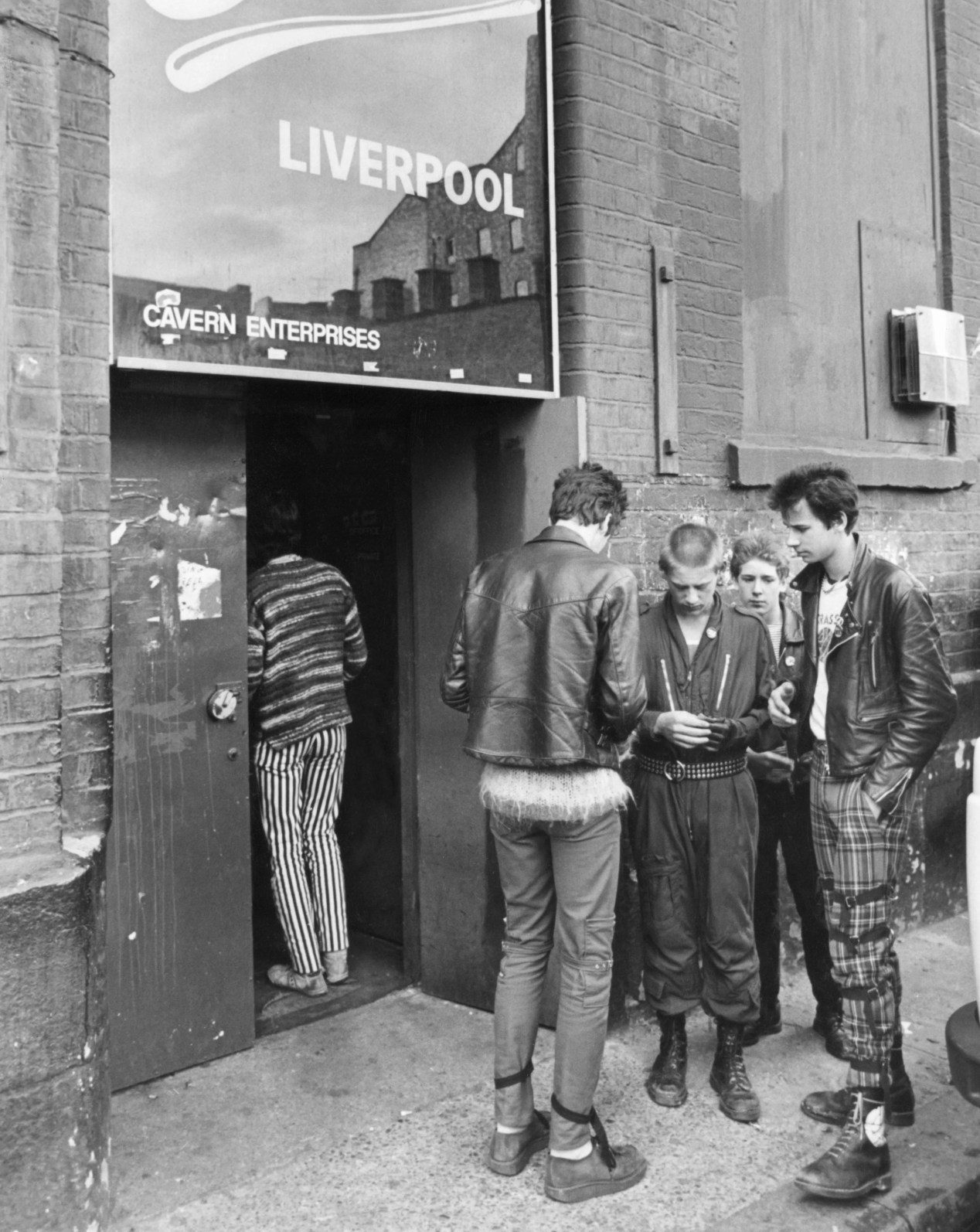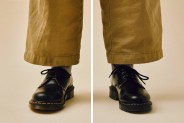Dr. Martens is an interesting company. Founded in Munich by Dr. Klaus Maertens, a 25-year-old soldier in the Germany army under Nazi rule, the brand was at first an orthopedic solution for aging women. When Dr. Maertens went into business with friend and fellow doctor, Dr. Herbert Funck, the pair expanded the scope, and set forth a plan to expand.
Dr. Martens, under the umbrella of Airwair, what footwear manufacturer and Dr. Martens licensee Bill Grigg called the patented pocket air sole, introduced its first boot, the 1460 Boot, on April 1st, 1960, some 15 years after Dr. Maertens fashioned his first shoe out of extra leather.
In the 60s and 70s, the boots went from being popular with mailmen and factory workers to becoming a symbol for the grunge, punk, post-punk (aka mainstream) and working class movements — making them equal parts populist icon, worldly trendsetter and unintentional uniform for first-wave skinheads (which are different from the racist type that spawned in the 80s).
Fast forward another 62 years and Dr. Martens is now a publicly traded company valued at $5.07 billion dollars — which is up from its 2014 valuation of an amazing $460.10 million dollars. But a brand’s growth is never just measured in numbers. It’s about ubiquity, of course, but also advancing past the status quo. Cue the company’s latest appointment, Darren McCoy, who has served in varying capacities at the company for seven years, to Global Creative Director.

McCoy, who’s previously worked across Europe for companies like adidas, Asics and The North Face, isn’t much of an outsider anymore. He started as the Global Footwear Manager, then transitioned into a Global Product Director role before accepting an offer to elevate into his current position.
It’s a job he’s preparing for his whole life, he says — even if he was simply a shopper before starting. As such, he wants Dr. Martens to retain as much of its history as possible, making him both a custodian of its past and a captain leading it into the future.


